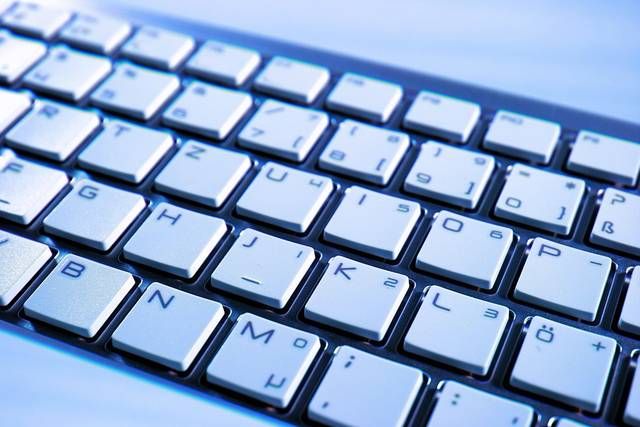Click here to subscribe today or Login.
The secret of adult life — lean in closely now — is that you don’t have to stay awake for everything. And this isn’t true only in the gentle twilight after a holiday meal. On non-holidays, it’s especially true in those interminable midafternoon meetings at work. As colleagues or guests drone on in dimly lit, overly warm conference rooms, who hasn’t let the eyelids slip to half-mast and yearned for a soft pillow and a few moments of silence?
That was our first thought when we read recently about The Case of the Napping Judge.
The facts: During an Illinois murder trial in 2014, lights were dimmed in Judge Jeffrey O’Connor’sWhiteside County courtroom so jurors could watch security camera footage on a monitor. When the video ended, an attorney asked the judge to turn on the lights. No response from the judge — until a clerk allegedly poked him awake. The jury later convicted the defendant but lawyers appealed, arguing the judge repeatedly fell asleep during the trial.
But the appellate court said judges could doze, so long as they didn’t miss crucial evidence or motions. An inadvertent catnap wasn’t enough to reverse the verdict. That decision wasn’t a shot in the dark; there’s a century of precedents, dating to a five-minute Illinois judicial siesta in 1899.
In that case, the appellate court sympathized that “the trial … occupied eight or nine days, and may have been conducted in such a manner as to exhaust almost anyone compelled to listen to it, as was the presiding judge.” In other words, who can blame him for a brief snooze? We can think of many more venues — corporate, judicial and personal — that would fit into that category.
Our firm conviction based on years of blissful napping experience: A brief snooze is an elixir of the soul far more powerful than guzzling a dozen ventis. There’s plenty of scientific research, as we’ve reminded Tribune bosses over and over again, concluding that a short doze can leave a worker in a far more productive — and less grumpy — mood.
Alas, too many American employers still frown on grabbing a few winks at work.
Nevertheless, we’re happy to see that some companies encourage a power nap vibe: Google, Uber, PwC, Zappos and Ben & Jerry’s all encourage them and in some cases provide nap pods, according to Inc.com. Air traffic controllers in France, Germany, Australia and Canada are allowed to take naps during breaks in their work shifts.
We also would remind doubters that the Power Nappers’ Hall of Fame reportedly includes John F. Kennedy, Winston Churchill, Margaret Thatcher, Thomas Edison, Salvador Dali and Albert Einstein.
Former national security adviser Brent Scowcroft was so renowned for his ability to take five in high-level meetings that President George H.W. Bush bestowed a “Scowcroft Award” to honor the American official “who most ostentatiously (falls) asleep in a meeting with the president,” former Defense Secretary Robert Gates said in 2010. The president “evaluated candidates on three criteria. First, duration — how long did they sleep? Second, the depth of the sleep. Snoring always got you extra points. And third, the quality of recovery. Did one just quietly open one’s eyes and return to the meeting, or did you jolt awake and maybe spill something hot in the process?”
Sleep-deprived zombies everywhere sympathize. And so do U.S. corporate honchos. Insomnia cost American business $63 billion in lost productivity, according to a September 2011 study in the journal Sleep. Employees weren’t missing work because of sleeplessness, researchers reported. They just didn’t accomplish as much because they were tired.
Could taking a few authorized winks on the job improve national productivity? And just make us all less tetchy? We’ll sleep on it and get back to you.
– Chicago Tribune





